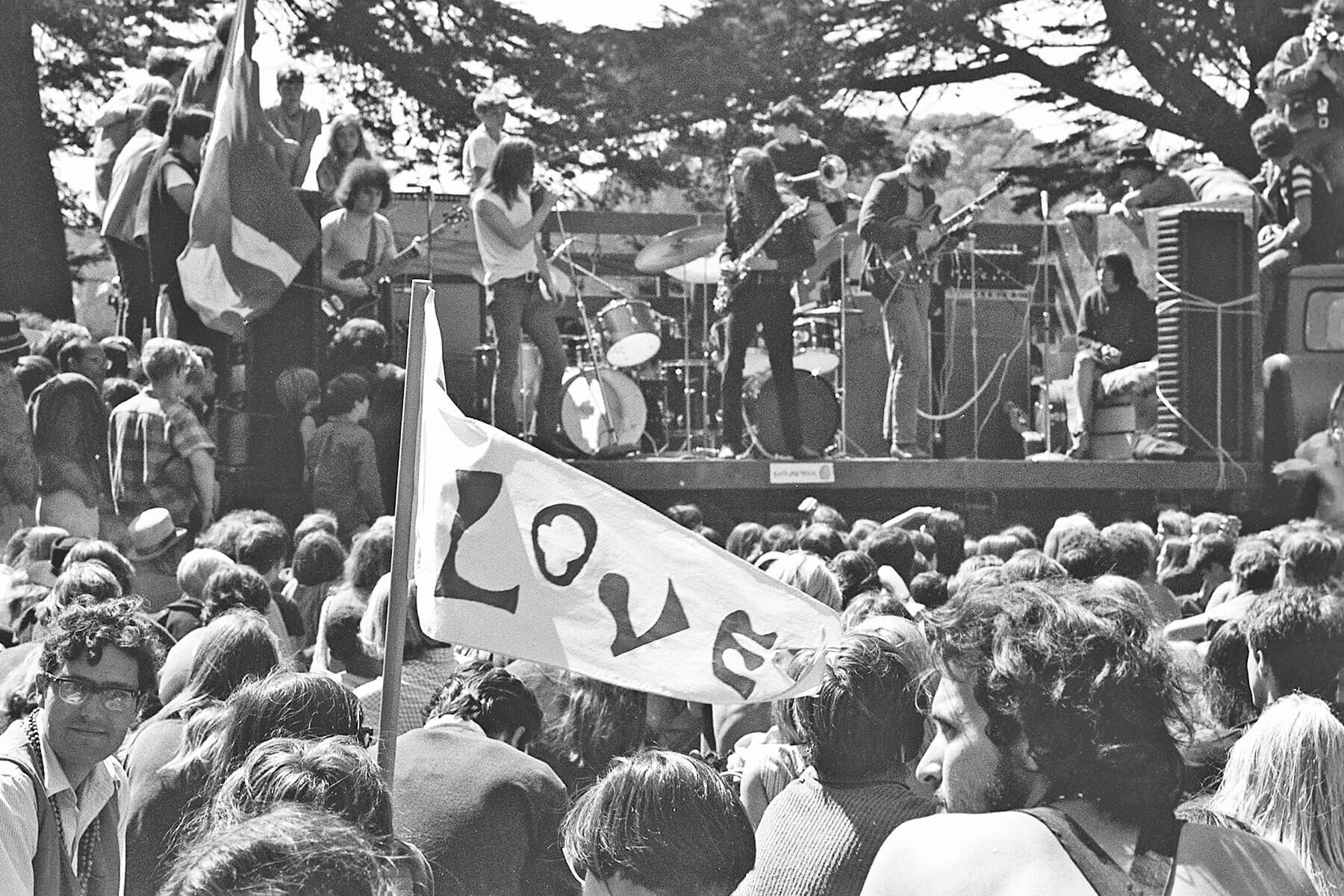There was once a February 30th
Thursday, February 29, 2024
February is normally the shortest month of the year, but in 1712, Sweden extended the month all the way to February 30. |
| |
| |
|
 |
|
| F ebruary is normally the shortest month of the year, but in 1712, Sweden extended the month all the way to February 30. This calendrical anomaly occurred as the country awkwardly shifted between the Julian and Gregorian calendars, which had about a 10-day gap between them. Pope Gregory XIII had introduced the latter calendar in 1582 to fix large discrepancies between the solar year and calendar date that the Julian calendar had incurred. Nations around the world slowly adopted the new calendar, and Sweden finally opted to do so in 1700. |
|
|
| The year 1700 happened to be a leap year in the Julian calendar, but not in the Gregorian version, widening the gap even further; March 1 in the Julian calendar corresponded to the Gregorian March 12. Sweden planned to gradually switch to the Gregorian calendar by omitting 11 leap days over the course of 40 years, but that plan was derailed when leap years were still mistakenly observed in 1704 and 1708. By 1712, Sweden's timekeeping was such a mess, the country planned to shift back to the Julian calendar starting on March 1. (It also wanted to ensure that Easter would be celebrated on a Sunday.) To accomplish this, Sweden added February 29 — as 1712 was already a leap year to begin with — plus an extra day, February 30, to make up for the leap day it had omitted back in 1700. The country finally made the permanent shift to the Gregorian calendar in 1753, bridging the 11-day difference by jumping from February 17 to March 1. |
|
 |  |
|
| Thank you for supporting our advertisers! |
|
| |
|
 |
|
By the Numbers |
|
| Difference (in seconds) between the Gregorian and solar calendars | | | 26 |
| | | Days in the longest year in history (46 BCE) | | | 445 |
| | | Days in the longest year in history (46 BCE) | | | 445 |
|
|
|
| National parks in Sweden | | | 30 |
| | | Year Sweden achieved independence | | | 1523 |
| | | Year Sweden achieved independence | | | 1523 |
|
|
|
 |
|
 | | Did you know? |
|
|
Two of the 12 months of the year were named after real people. |
|
| The etymology behind the months of the year is somewhat varied, and only two were named for real historical figures. July and August are named for Julius Caesar and his great-nephew Augustus, the first Roman emperor. The summer months were previously known as Quintilis and Sextilis; Quintilis was renamed "Julius" in 44 BCE to honor Caesar after his death, and Sextilis was changed to "Augustus" in 8 BCE during Augustus' reign. The former names — which translate to "fifth" and "sixth" in Latin — stemmed from a time when the Roman calendar was only 10 months long. January and February were added later to create a new 12-month calendar, but the names for the months of September, October, November, and December still correspond to the Roman numbers for seven through 10. |
|
| Thank you for supporting our advertisers! |
|
| |


posted by June Lesley at 4:01 AM










![]()
![]()






0 Comments:
Post a Comment
<< Home